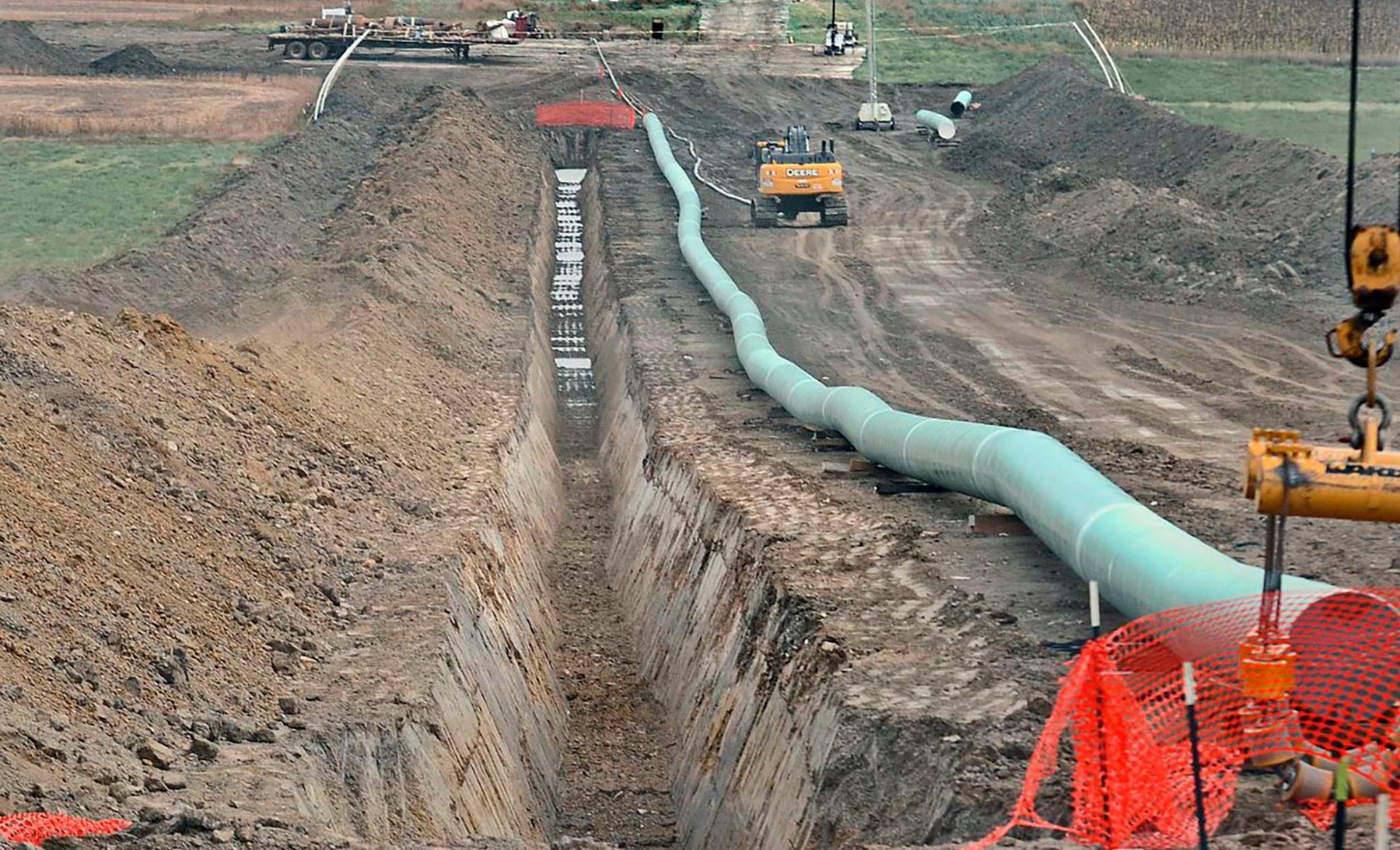
Automated Pipeline Inspection (AUT)
Public Pipeline
Active 4 days ago
Welcome to [NDT Inspection Portal]’s automated pipeline inspection group, a place for professionals... View more
Public Pipeline
Group Description
Welcome to [NDT Inspection Portal]’s automated pipeline inspection group, a place for professionals to connect and discuss the latest techniques and technologies in automated pipeline inspection.
Automated pipeline inspection is a specialized technique that involves the use of advanced sensors, cameras, and robotics to perform non-destructive testing (NDT) on pipelines. It is an important aspect of ensuring the integrity and reliability of pipelines in various industries, including oil and gas, water and wastewater, and transportation.
Automated pipeline inspection involves the use of specialized equipment and technologies to perform NDT on pipelines without the need for human intervention. This can improve the efficiency and accuracy of pipeline inspection and reduce the risk of human error. Automated pipeline inspection is often used in conjunction with other NDT methods, such as ultrasonic testing and radiographic testing, to provide a comprehensive evaluation of the pipeline.
Our member group offers a platform for sharing knowledge and best practices on automated pipeline inspection and its applications in various industries. Join our community of experts from around the world and be a part of the conversation on advancing the practice of automated pipeline inspection and its applications in the field of NDT and inspection. Whether you are new to automated pipeline inspection or an experienced professional, you’ll find valuable resources and a welcoming community in our group.
Reply To: AUT for mainline pipe inspection
It depends on the diameter and the wall thickness of the pipeline. You have to consider the time for the band/scanner positioning. Then the scanning time and the interpretation time. For most of the commonly used AUT systems, the scanning speed is in the range 30 to 80 mm/sec. Based on that, you can try to calculate the scanning time for your scope of work. On top of that, you have to consider the time for the calibrations (depending on the specification/procedure, it can be every weld or every 5 welds or every 10 welds, etc.). Interpretation time is a “random” variable. A clean strip chart requires relatively “no time” to be assessed. “Dirty” welds will require much more time.
The crew depends again on the diameter of the pipeline. If it is a large OD pipe for that type of production rate, I would say that you need at least 2 AUT operator (or 1 operator and 1 supervisor) and probably 3x scanner technicians (2 working on the “scanned” weld and the third one that can clean the following weld/cooling it if needed/setup the band/etc). 100 welds on a 10 hours shift means one weld every 6 min. It looks to me a really challenging target for one spread (for both welding and AUT). However, AUT would be faster than RT done with crawlers.